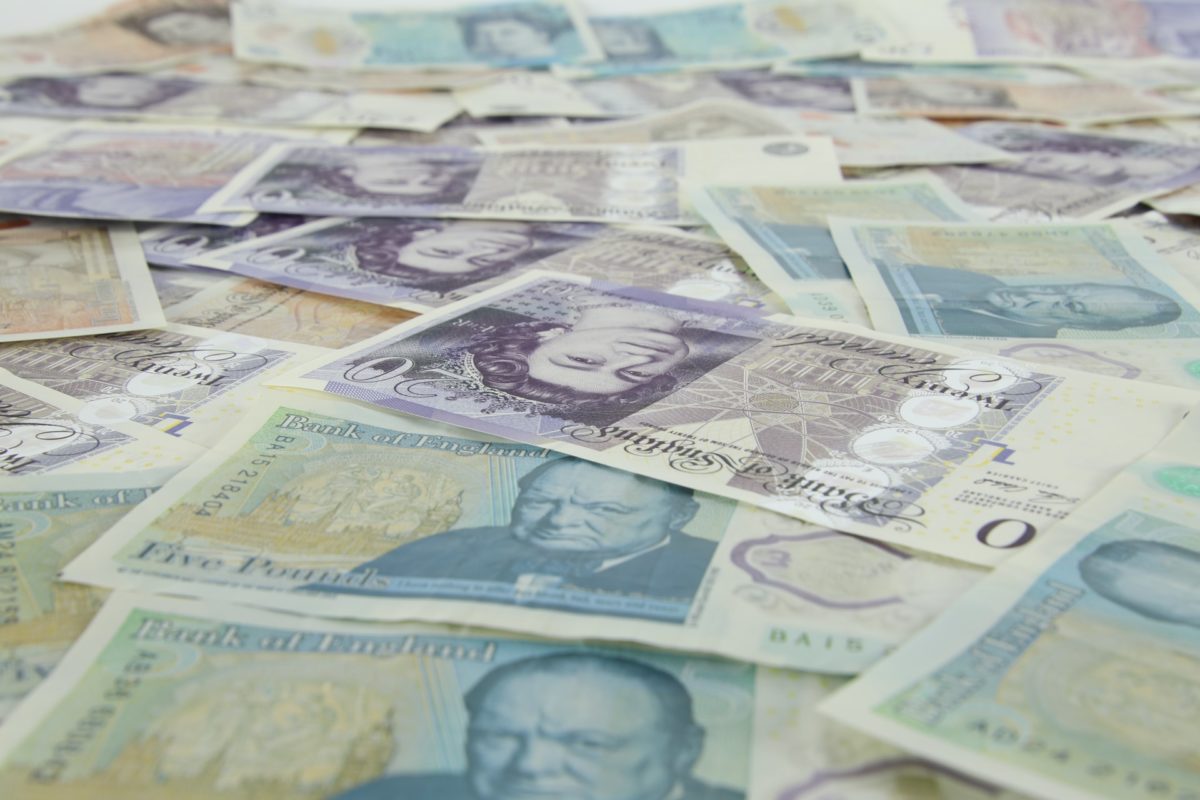The macroeconomic climate can be decidedly complex at times, as it features a number of factors that impact on the economy and tradable assets such as national currencies. Inflation is one such influential metric, and one that can cause untold economic damage when allowed to soar beyond a certain rate.
In October 2019, for example, the International Monetary Fund (IMF) estimated that Venezuela’s annual inflation for the year would be an estimated 200,000%.
When you consider that developed economies such as the UK usually set annual inflation targets of around 2%, you can see that this is disproportionately high and devastating from the perspective of the consumer.
This is often referred to as ‘hyperinflation’, so let’s explore this in further detail while asking how it impacts on affected countries.
What is Hyperinflation?
In simple terms, hyperinflation is used to describe rapid and excessive price increases within an economy.
It also references a scenario where the cost of goods and services is allowed to spiral out-of-control and without any government intervention, such as capping the national currency’s base interest rate.
This has a direct impact on investors as well as households, as currency values continue to fluctuate and affect the trades executed through a forex broker platform.
Of course, the term ‘inflation’ is used to measure the pace of rising prices in an economy, with hyperinflation characterised by growth that’s higher than 50% per month.
This is rare for developed economies, of course, although the German government was forced to print bills worth 20,000,000 marks during the 1920s as inflation soared following the signing of the Treaty of Versailles. Otherwise, the issue is most common in developing economies, such as Hungary, Austria and even Yugoslavia.
Historic Instances of Hyperinflation
In the case of post-war Hungary, the instance of hyperinflation was actually engineered by the government to create growth in a war-ravaged economy (rather than the result of government ineptitude and fiscal irresponsibility).
Incredibly, the highest monthly inflation rate during this time was 4.19 x 1016%, while the equivalent daily rate came in at 207%.
On average, the price of consumer goods would double every 15 years as more of the Pengo currency was printed, with the inflation used as a tax to help reduce the revenue deficit required to fund the war effort.
More recently, Zimbabwe saw a period of hyperinflation between March 2007 and November 2008, which delivered a peak monthly inflation rate of 7.96 x 1010%.
The equivalent daily rate was 98%, with this the result of economic mismanagement and a longstanding failure to address rising inflation nationwide.
In fact, the nation’s annual inflation rate hit 47% in 1998, and continued to increase incrementally over the course of the subsequent decade.
The impact of hyperinflation is certainly widely felt, particularly at household level. After all, customers and firms have to spend more and more to buy products and services, as the government continues to print money while the national currency is increasingly devalued.
Over time, hyperinflation may also cause customers to hoard goods (including perishables such as food), creating shortages and supply issues that may prove catastrophic over time.

